PeerJ Section
Microbiology
Welcome to your community’s home at PeerJ. Sections are community led and exemplify a research community’s shared values, norms and interests.
The citation average is 5.6 (view impact metrics).
37,093 Followers
Section Highlights
View all Microbiology articles 

30 March 2023
The prevalence of clarithromycin-resistant Helicobacter pylori isolates: a systematic review and meta-analysis
"This is an interesting study about a the worldwide frequency of CLA resistance in Helicobacter pylori. This pathogen has serious implications for the diagnosis and treatment, so this paper is relevant for students and healthcare workers since this analysis contains a broad variety of sources and material that are helpful."
 Bernardo Franco, Handling Editor
Bernardo Franco, Handling Editor
 Bernardo Franco, Handling Editor
Bernardo Franco, Handling Editor
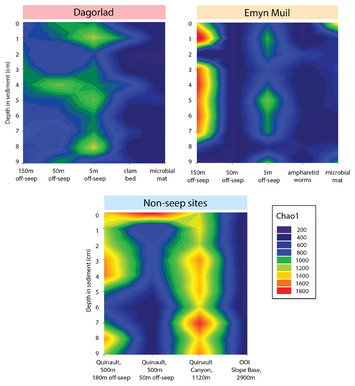
28 March 2023
Variations and gradients between methane seep and off-seep microbial communities in a submarine canyon system in the Northeast Pacific
"This work looked at how seep ecosystems may influence the composition and diversity of microbial sediment assemblages in the deep-sea, highlighting the importance of those ecosystems to the overall biodiversity of our oceans."
 Angelo Bernardino, Handling Editor
Angelo Bernardino, Handling Editor
 Angelo Bernardino, Handling Editor
Angelo Bernardino, Handling Editor
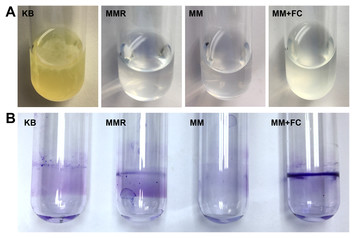
27 March 2023
Plant-exuded chemical signals induce surface attachment of the bacterial pathogen Pseudomonas syringae
"This paper describes the identification of metabolites from Arabidopsis thaliana radical exudates that induce surface attachment of P. syringae, a plant pathogenic bacterium. The main finding explored how the bacterial cell motility change after entering the leaf apoplast to non-motile sessile cells. The molecular nature of these attachment-inducing signals was discovered in plant exudates, including citric acid, glutamic acid, and aspartic acid, which are potent inducers of surface attachment. Additionally, the response identified was associated with the T3SS master regulator HrpL, whereas the response regulator GacA, a negative regulator of T3SS, negatively regulated DC3000 surface attachment. Together, data suggest that the T3SS deployment and surface attachment by P. syringae may be co-regulated by the same host signals during infection."
 Jesús Campos-García, Handling Editor
Jesús Campos-García, Handling Editor
 Jesús Campos-García, Handling Editor
Jesús Campos-García, Handling Editor

22 March 2023
Sida chlorotic leaf virus: a new recombinant begomovirus found in non-cultivated plants and Cucumis sativus L
"Once again this paper highlight the potential of geminivirus in adapting to new host and environment, especially in a contest of global change. We also know that many other viruses are still to be discovered in weeds and in particular geminiviruses."
 Giuseppe Parrella, Handling Editor
Giuseppe Parrella, Handling Editor
 Giuseppe Parrella, Handling Editor
Giuseppe Parrella, Handling Editor

8 March 2023
Rapid point-of-care detection of BK virus in urine by an HFman probe-based loop-mediated isothermal amplification assay and a finger-driven microfluidic chip
"A trending topic"
 Srinivas Sistla, Handling Editor
Srinivas Sistla, Handling Editor
 Srinivas Sistla, Handling Editor
Srinivas Sistla, Handling Editor
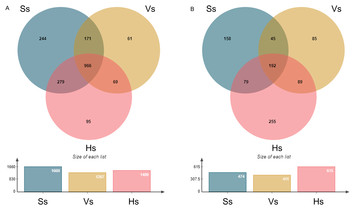
6 March 2023
Community differentiation of rhizosphere microorganisms and their responses to environmental factors at different development stages of medicinal plant Glehnia littoralis
"Provide the ecological information on the relation among host developmental stage, environmental factors and plant rhizosphere microorganisms."
 Muhammad Abid, Handling Editor
Muhammad Abid, Handling Editor
 Muhammad Abid, Handling Editor
Muhammad Abid, Handling Editor
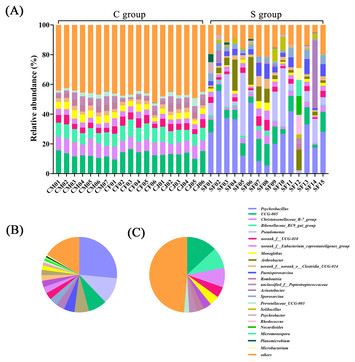
24 February 2023
How do living conditions affect the gut microbiota of endangered Père David’s deer (Elaphurus davidianus)? Initial findings from the warm temperate zone
 Lalit Batra, Handling Editor
Lalit Batra, Handling Editor

23 February 2023
Epidemiological profiles and pathogenicity of Vancomycin-resistant Enterococcus faecium clinical isolates in Taiwan
"The manuscript is discussing a very critical problem vancomycin resistant E. faecium giving insight on its virulence determinant, ability to form biofilm and resistance to other antibiotics."
 Morteza Saki, Handling Editor
Morteza Saki, Handling Editor
 Morteza Saki, Handling Editor
Morteza Saki, Handling Editor

23 February 2023
Emergence of colistin resistance and characterization of antimicrobial resistance and virulence factors of Aeromonas hydrophila, Salmonella spp., and Vibrio cholerae isolated from hybrid red tilapia cage culture
"The current manuscript id discussing the AMR problem in fishand this is an interesting topic"
 Morteza Saki, Handling Editor
Morteza Saki, Handling Editor
 Morteza Saki, Handling Editor
Morteza Saki, Handling Editor
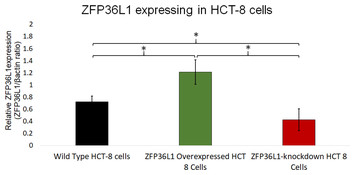
20 February 2023
ZFP36 ring finger protein like 1 significantly suppresses human coronavirus OC43 replication
"Corona virus recently caused havoc in entire world and the humankind is still suffering with physical, mental and economic conditions. Therefore, any research which shows some promising results brings a ray of hope for not only the researchers but also to the common people. The present study well addressed and described about "how ZFP36 ring finger protein like 1 suppresses the replication of human corona virus" which may give ideas to develop certain anti viral agents to stop its infection."
 Mahendra Tomar, Handling Editor
Mahendra Tomar, Handling Editor
 Mahendra Tomar, Handling Editor
Mahendra Tomar, Handling Editor
37,093 Followers






